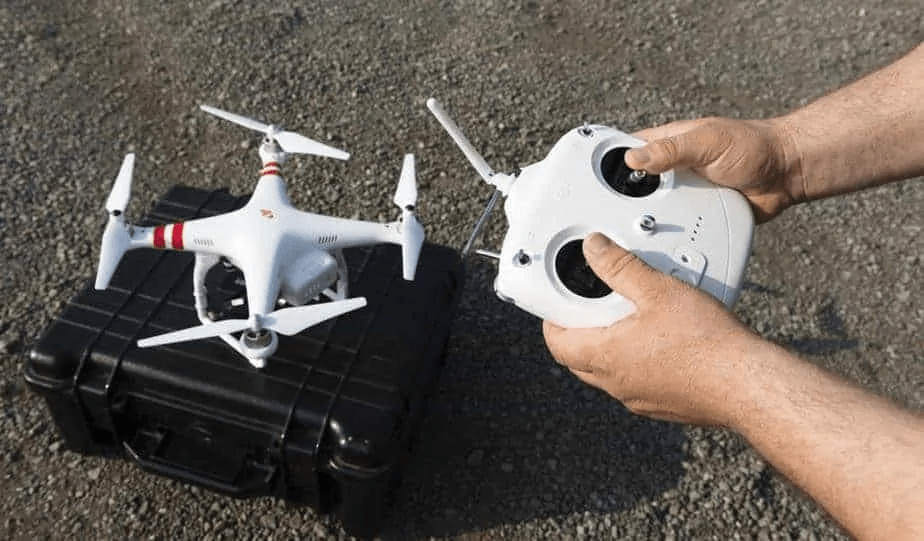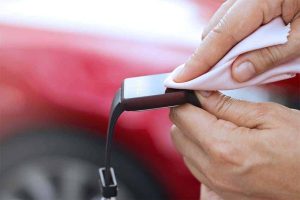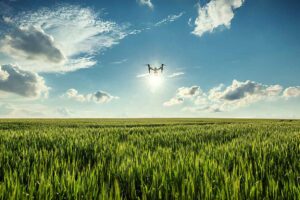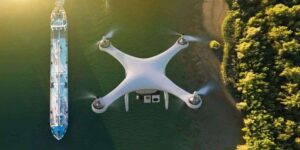The primary component of your commercial aerial infrastructure is hardware: A flying camera. It can also be classified as a flying computer with all the intelligence built into the Phantom. Combine your smart bird with the upgradeable remote controller, the iPad for FPV (First Person View) and avionics, a dedicated video editing workstation, and your smartphone for communications and app assistance, and you will have plenty of computer software, applications, and firmware to manage and maintain consistent compatibility.
1. Workstation Operating System
Your video editing workstation will be the home base for your aerial operation. You will massage your high-resolution photos and HD videos on this computer and use it to update your drone, remote controller (RC), iPad, and iPhone or Android phone. Due to the large number of available video and photo editing applications, I highly recommend making this high-end personal computer Windows-based rather than Apple OS or any Linux. You will also want to protect it from malware and viruses, so limit web surfing.
At the same time, the computer should not be overburdened with obtrusive computer security suites such as Norton or McAfee. Also, limit the number of other non-aerial applications and programs. Do not think of using an old, junky XP PC, but do not jump too far ahead with a Windows 10 computer, either. Try to use a reliable version of Windows OS, which is still the solid Windows 7 Professional 64-bit platform for now. The goal here is to have a stable and robust computing environment to edit your aerial videos and upgrade your drone entities.
Finally, make sure you are making image backups onto external hard drives to preserve your work, and in case you need to recover all applications.
2. Phantom Firmware
After numerous upgrades between 2014 and 2015, the Phantom 2+ latest firmware level as of this writing was V3.8. With each revision of Phantom firmware, the flight stability, reliability, and increased capabilities have been delivered from the DJI website via the Phantom Assistant software.
One of the first steps to configuring your new P2V+ is to download and install the Phantom Assistant on your workstation and connect the supplied USB cable between the workstation and your new P2V+. As long as the workstation has a live connection to the Internet, the Assistant software will inventory and update all the firmware components to the Phantom as necessary. This process may take one or more power reboots of the Phantom and repetitions of the upgrade process, depending on how old the firmware is on that particular date. Follow the instructions given by the Assistant until all firmware instances are “Up To Date.” Phantom firmware upgrades add value, features, and safety most every time, but occasionally bugs are introduced, and problems can arise. My recommendation is first to upgrade your reserve Phantom and perform a comprehensive suite of flight and functionality tests over a period of several days.
Only after flawless sorties on the latest firmware upgrade do you configure the primary UAV with that version. Remember to also upgrade the RC code and the DJI Vision App software on your iPad so to avoid any incompatibilities between devices.
3. Remote Controller Updates
The DJI Phantom Remote Controller (RC) has fewer firmware upgrades than the Phantom itself, but the updates are usually deployed in tandem. Whenever you have updated your Phantom with the Vision application, connect the RC with the same USB cable but use the DJI Remote Assistant program to check for needed firmware upgrades. Just like the Vision program, the Remote Assistant will automatically download and apply the upgrade to the RC. After the firmware download and installation is complete, you may be instructed to recalibrate the RC.
Testing is highly recommended after RC firmware upgrades and other upgrades. Take the drone up, perform normal aerial maneuvers, and retest the “Go-Home” feature by completely turning off the RC. You do not want a significant difference in version between your Phantom firmware level and the RC’s version. That is why it is critical to check both the Vision and Remote Assistant programs on the same date.

4. iPad and iPhone Operating System Levels
The DJI Vision app runs on the iPad, and it is important to keep the most up-to-date version of that application installed. This is also true in reverse; after you upgrade the Vision App on the iPad via the Apple iTunes Store, check for the accompanying DJI Vision and Remote Assistant firmware upgrades right away.
Keep your iPad at the current operating system (iOS) level, since apps can quickly become dysfunctional after iPad operating system upgrades are performed.
The same goes for your iPhone iOS level; keep it updated, so you don’t run into compatibility issues with apps. One problem I ran into was an issue tethering my iPhone and iPad; once, after a late night upgrade to my iPad, I was not able to connect to the Internet from my iPhone under the personal hotspot option to download the Ground Station maps for that location.
This gave me a blank background in the DJI Vision app when I swiped the screen right, and I had no satellite maps. Without the map, I could not set the waypoints and fly the mapping task of my aerial project. It turned out that since I only upgraded my iPad and not my iPhone, an incompatibility arose that disabled the binding capability of the iPad to the iPhone’s personal hotspot. If I had upgraded them both simultaneously, I would not have had that problem in the field, which cost me money in lost work. Basically, you may have to chase operating system upgrades and round-robin app updates to get compatibility harmony for all the computing components of your aerial support systems.








